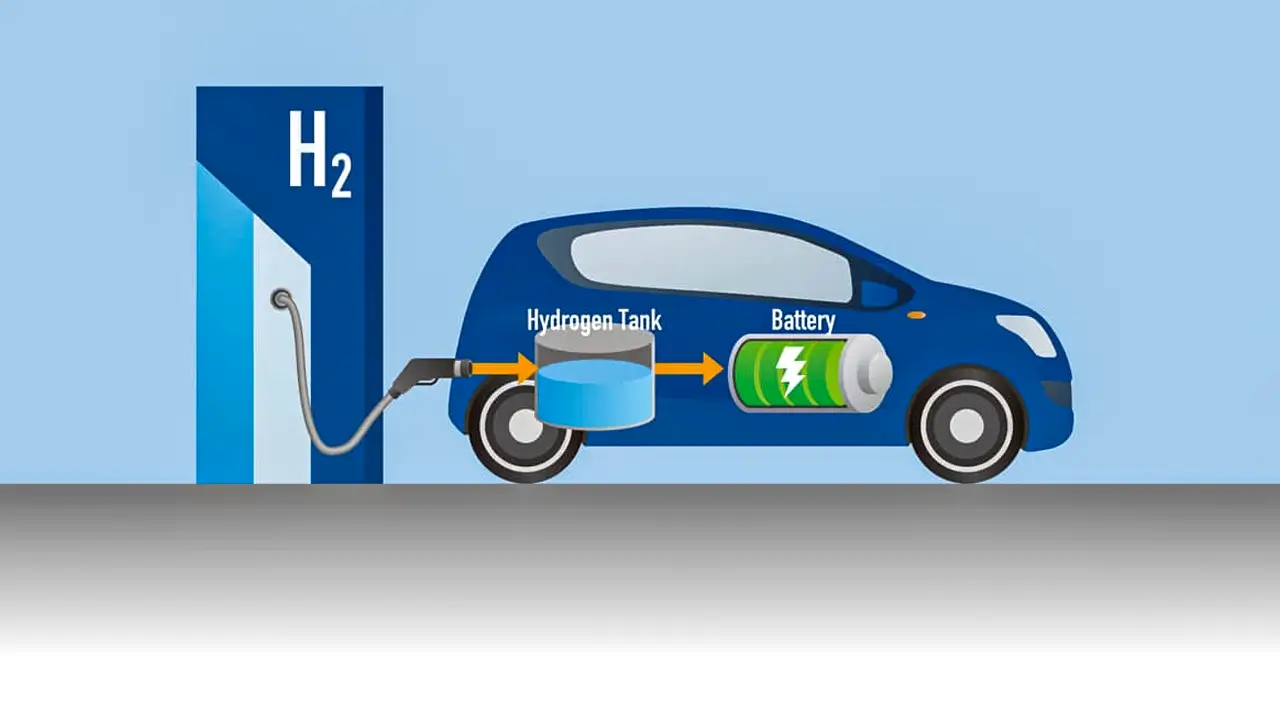In the auto industry, hydrogen fuel cells are showing potential as a replacement for conventional internal combustion engines. These cars are an eco-friendly choice that supports international initiatives to lower carbon emissions because they only generate water vapor. The need for more sustainable hydrogen generation, high costs, and a lack of refueling infrastructure are just a few of the major obstacles that hydrogen fuel cells must overcome despite their potential. However, the future of hydrogen fuel cells in automobiles is being driven by government funding, scientific improvements, and the rising desire for environmentally friendly transportation options.
The Future of Hydrogen Fuel Cells in Cars and Why It Matters More Than You Think
Hydrogen Infrastructure Expansion
A shortage of recharging stations is one of the biggest obstacles to the widespread use of hydrogen fuel cell vehicles. There are still not many hydrogen refueling facilities, in contrast to the growing number of electric vehicle (EV) charging stations. The infrastructure has to grow if hydrogen fuel cells are to become more feasible for daily use, particularly for long-distance travel. Refueling station development is already being funded by both public and private entities, especially in areas that are setting the standard for green energy projects. Vehicles that run on hydrogen may become more affordable and useful as the network expands.
Reducing Costs and Improving Technology
At the moment, the cost of hydrogen fuel cell automobiles is higher than that of both internal combustion engines and electric vehicles. The costly components used in fuel cells, such as platinum, and the intricate production procedures are the primary causes of the high cost. Ongoing research and development, however, aims to lower these expenses. Hydrogen vehicles may become more affordable because of innovations like the use of more frequent and less expensive catalysts. Additionally, economies of scale will probably result in lower production costs as the market for fuel-cell vehicles expands. As technology advances, hydrogen fuel cells may eventually become more affordable when compared to other environmentally friendly solutions.
Sustainable Production and Green Hydrogen
Hydrogen must be produced in an environmentally friendly manner for hydrogen fuel cells to be a truly sustainable option. Nowadays, the process of steam methane reforming (SMR), which uses natural gas and releases carbon dioxide, is used to manufacture the majority of hydrogen. Electrolysis is used to create “green hydrogen,” a cleaner substitute that is generated with renewable energy sources like sun and wind. Although the cost of green hydrogen is now higher than that of SMR-produced hydrogen, efforts are underway to reduce the cost of its manufacture. Green hydrogen generation may become more economical as electrolyze technology and renewable energy sources advance, making hydrogen fuel cells a sustainable substitute.
Using Hydrogen Fuel Cells in Long-Range and Heavy-Duty Automobiles
Trucks, buses, and trains are examples of heavy-duty vehicles that benefit greatly from hydrogen fuel cells because they need to be able to carry high loads, have extensive driving ranges, and recharge quickly. Hydrogen-powered vehicles are perfect for long-distance and commercial transportation as they can be refueled in a matter of minutes, unlike battery electric vehicles which can take several hours to recharge. As technology advances and infrastructure grows, hydrogen fuel cells may become a common solution in the commercial transportation industry. Companies such as Toyota, Hyundai, and Nikola are already developing hydrogen-powered trucks and buses.
Development of Policies and Government Assistance
The success of hydrogen fuel cells in automobiles will be greatly influenced by government regulations and incentives. Many nations have set aggressive goals for reducing their carbon emissions, and they are considering hydrogen as a possible way to decarbonize the transportation industry. To hasten the adoption of hydrogen-powered vehicles, governments are probably going to provide financial incentives, subsidies, and money for the construction of infrastructure. The development of the hydrogen economy will be further supported by regulatory frameworks that promote low-emission technology, which will make hydrogen fuel cells a competitive choice for a range of applications.
In conclusion
Although there is a lot of promise for hydrogen fuel cells in automobiles, obstacles related to infrastructure, cost, and hydrogen generation must be addressed before they can be widely used. Unlocking the full potential of hydrogen-powered vehicles will require improvements in fuel cell technology, the development of new infrastructure, and the growth of green hydrogen supplies. Hydrogen fuel cells could be a major factor in decarbonizing heavy-duty transportation and enhancing other clean energy technologies, even if they might not completely replace battery electric vehicles. Hydrogen fuel cells have the potential to play a significant role in the future of clean transportation with further development and funding.
- Audi GT50 Concept: A Loud Reminder of Why Car Enthusiasts Fell in Love With Audi
- Nearly 30% of UK Drivers Believe Car Tax Should Be Based on Mileage — Survey
- Why Planes and Boats Escaped the Luxury Tax But Cars Didn’t
- Australia’s Headlight Confusion: Authorities Warn Drivers After Viral $250 Headlight Rule Goes Wild Online
- 2025 Hyundai Venue Facelift Launched in India – Full Details, Variants, and Price
